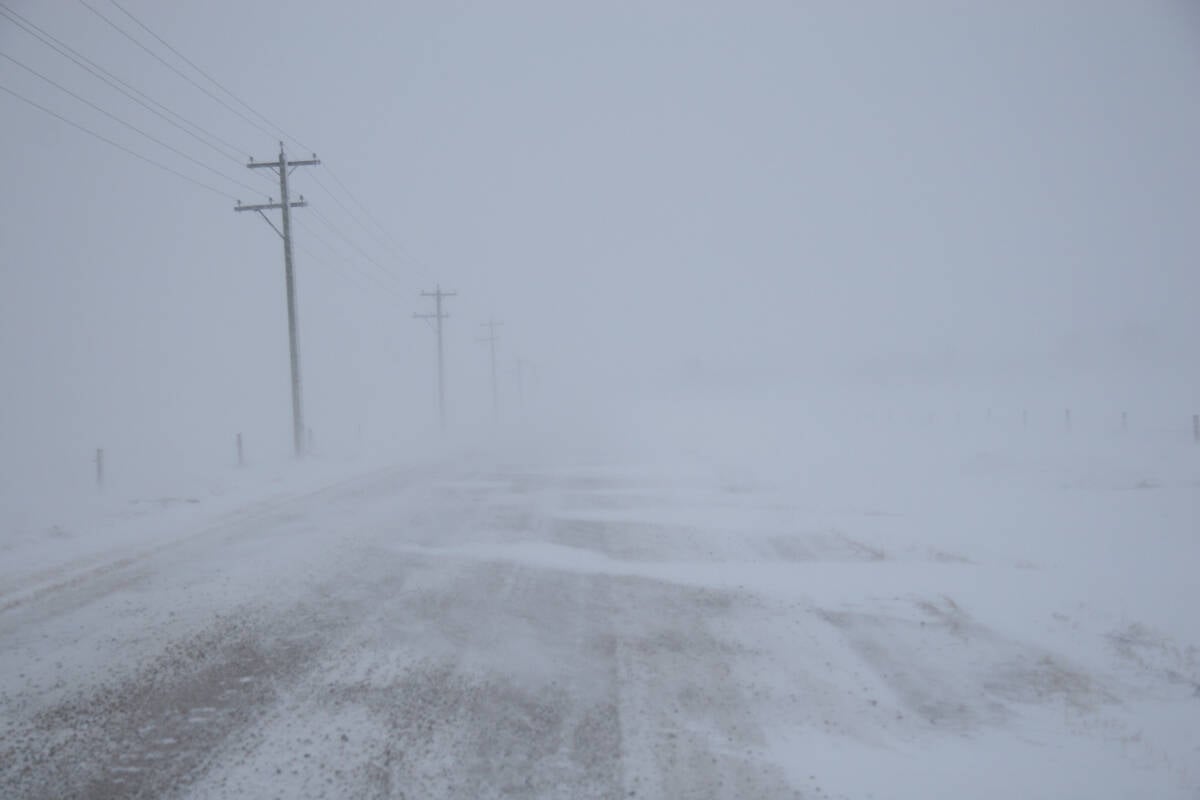EDMONTON – The Alberta agency assigned with approving new intensive livestock operations will be allowed to work outside of municipal bylaws – even if it means overturning local bans on livestock developments.
“My legal people tell me I am bound by provincial and federal laws, but cannot be fettered by municipal bylaws,” Natural Resources Conservation Board chair Brian Bietz told the Alberta Association of Municipal Districts and Counties annual meeting.
That includes previous decisions by municipalities that prevent intensive livestock operations, or local decisions that increase standards operators must follow.
Read Also

Volatile temperatures expected for this winter
DTN is forecasting a lot of temperature variability in the Canadian Prairies this winter. Precipitation should be close to average.
The province’s Code of Practice will be the guide that operations must use, Bietz said.
“You don’t want inconsistent decisions. You tend to want consistency in things.”
Bietz was formerly with the province’s Energy and Utilities Board, which dealt with concerns between landowners and the oil and gas industry. He said it won’t be easy creating a new system for regulating, monitoring and locating intensive livestock operations.
“If you ask us are we going to screw up, we are,” he said while explaining the learning process and how new regulations will work.
The NRCB is expected to take responsibility for approving new and expanding operations on Jan.1. Until now, municipalities have set guidelines for such operations and have been responsible for approving them.
This created inconsistency in rules and standards across the province.
Alberta agriculture minister Shirley McClellan said the rules were changed because investors, frustrated with the patchwork regulations, were taking their money to other provinces.
“This was only done because the system we had wasn’t working.”
John Kolk, councillor with the County of Lethbridge, told McClellan he’s looking forward to new regulations.
“It’s an opportunity for us to move forward.”
But other councillors weren’t as positive. They worried the new regulations won’t take into account a community’s economic and social concerns when locating a new development.
Bietz said the NRCB will consider a county’s concerns about economic and social impacts.
Under the new rules, a developer would bring the project to the NRCB where its engineers, formerly Alberta Agriculture staff, would assess the project.
At the same time, the developer must show that the neighbours have been consulted.
If neighbours are opposed, the NRCB will mediate. Once the NRCB receives a proposal, it will ask the municipality if there are concerns with the development.
Municipalities have been asked to have a look at their maps and identify areas where they want ILOs prohibited. Previously, they have identified where ILOs could be located.
Vincent Fabian with the County of Newell told Bietz he wanted the board’s meetings with municipalities to be meaningful.
“Will that be a token visit or will we be listened to? I’m really concerned this will turn things upside down,” Fabian said.
Bietz said he sees his job as finding a balance between the economy of the livestock industry and the protection of the environment and neighbouring property owners.
“I’m not an advocate of industry. My job is to protect the citizens of Alberta. I view our position as in between industry, the department of agriculture and you.”
But some councillors are worried the NRCB will become a board that rubber stamps all projects.
Bietz said the NRCB expects to receive between 175 and 225 applications a year. The six approvals officers and six inspectors will be located in Lethbridge, Red Deer, Barrhead and Fairview.














